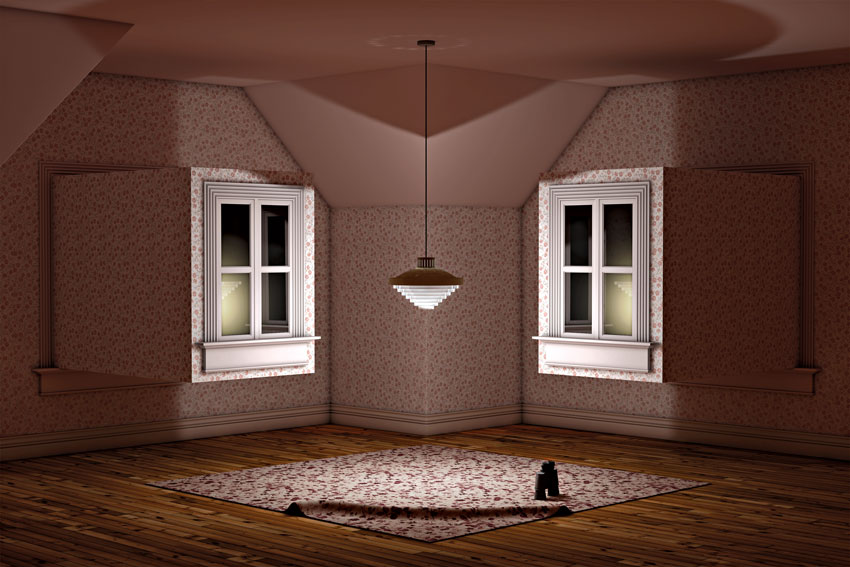

Nothing can express the particular loneliness of the North American landscape as unequivocally as the postcard, which is to Art Photography what the snapshot is to Documentary. The burden of the postcard is Recreation, and its intention is to memorialize the objects of recreation, the motels and hotels, the swimming pools, the dining rooms, the main streets, and (framed by strips of pavement) the beaches, mountains, rivers and other "natural" wonders of life in it's vacational mode. Postcards are models of "straight photography"; that is, the subjects are tightly framed and cut off from their surroundings, verticals are always parallel, and the exposure is always "correct" (skies are forever blue).
The result is the visual equivalent of existential pain. These images need a Sartre or Camus to express the narrative from which they have been torn. Surely it was postcards that brought the European film makers to the New World: in them they recognized a spiritual landscape that in the Old World finds expression only in novels. In the postcard world, life is always contingent; people, when they appear at all, are unknowable. In this world juxtaposition replaces communication, and looking replaces understanding. All of which is in contradiction to the apparent purpose of the postcard, which is to bear a message, to achieve communication. But that message is addressed to someone who is absent, and its text, no matter what words are written there, is implicitly always the same: wish you were here.








